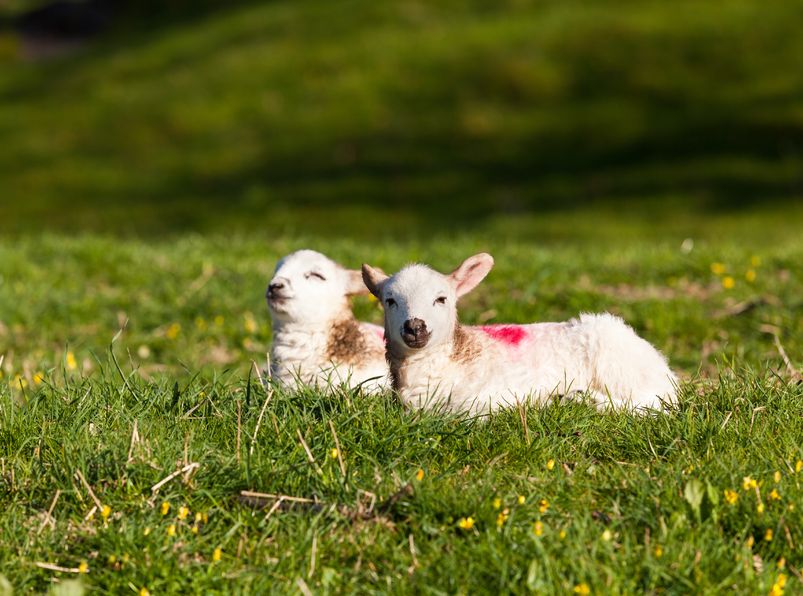
Wide fluctuations in temperature, weather patterns and topography means the nematodirus threat continues to be hugely variable for sheep flocks, animal health experts say.
The Nematodirus Forecast, provided by the Sustainable Control of Parasites in Sheep (SCOPS) group, currently shows a wide range of colours as part of its traffic-light system.
These range from grey (negligible risk) in some upland areas of the UK, yellow and orange (low and moderate risk) and red and black (high and very high risk).
Speaking on behalf of SCOPS, sheep consultant Lesley Stubbings says: “If you’ve been following the forecast since it went live in February you’ll have seen the red and black dots start in the far south west of England and steadily sweep northwards, which is what we would expect.
"But what happens once a dot has turned black to indicate the highest risk? The answer is that it goes back to red and through the colours until, eventually, it returns all the way to grey. It won’t return to black again.
"This means you need to check the map regularly, so you know if a red dot is one when the risk to heading up towards black or coming down again having already been at very high risk.
"If you are not sure, the SCOPS service provides this information in the 'Historic Data' area of the forecast."
Looking at the pattern this year, SCOPS says many lowland flocks in the southern half of the country have now passed the high risk period for a sudden, mass hatch.
In contrast, the hill and upland areas have yet to reach high/very high risk and need to be on their guard if there is a sudden increase in temperatures.
Ms Stubbings says: "Monitor the colour of the dot most appropriate to you on the map and, if in doubt, check the historic data just to make sure you haven't missed the peak.”
The SCOPS Nematodirus Forecast is a free resource for the UK sheep sector and is available to see online.
